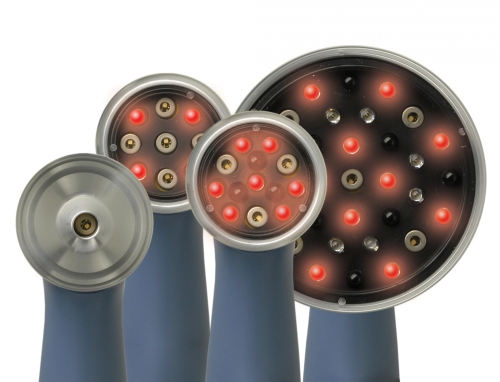When you think of low back pain, you may visualize a person half-bent over with their hand on the sore spot of their back. Since many of us have experienced low back pain during our lifetime, we can usually relate to a personal experience and recall how limited we were during the acute phase of our last LBP episode. However, when the symptoms associated with LBP are different, such as tingling or a shooting pain down one leg, it can be both confusing and worrisome – hence the content of this month’s article!
Let’s look at the anatomy of the low back to better understand where these symptoms originate. In the front of the spine (or the part more inside of the body), we have the big vertebral bodies and shock absorbing disks that support about 80% of our weight. At the back of each vertebrae you’ll find the spinous and transverse processes that connect to the muscles and ligaments in the back to the spine. Between the vertebral body and these processes are the tiny boney pieces called the pedicles. The length of the pedicle partially determines the size of the holes where the nerves exit the spine.
When the pedicles are short (commonly a genetic cause), the exiting nerves can be compressed due to the narrowed opening. This is called foraminal spinal stenosis. This compression usually occurs later in life when osteoarthritis and/or degenerative disk disease further crowds these “foramen” where the nerves exit the spine. Similarly, short pedicles can narrow the “central canal” where the spinal cord travels up and down the spine from the brain. Later in life, the combined effects of the narrow canal plus disk bulging, osteoarthritic spurs, and/or thickening or calcification of ligaments can add up to “central spinal stenosis.” The symptoms associated with spinal stenosis (whether it’s foraminal or central) include difficulty walking due to a gradual increase in tingling, heavy, crampy, achy and/or sore feeling in one or both legs. The tingling in the legs associated with spinal stenosis is called “neurogenic claudication” and must be differentiated from “vascular claudication”, which feels similar but is caused from lack of blood flow to the leg(s) as opposed to nerve flow.
At a younger age, tingling in the legs can be caused by either a bulging or herniated lumbar disk or it can be referred pain from a joint – usually a facet or sacroiliac joint. The main difference in symptoms between nerve vs. joint leg tingling symptoms is that nerve pinching from a deranged disk is located in a specific area in the leg such as the inside or outside of the foot. In other words, the tingling can be traced fairly specifically in the leg. Tingling from a joint is often described as a deep, “inside the leg,” generalized achy-tingling that can affect the whole leg and/or foot or it may stop at the knee, but it’s more difficult to describe by the patient as it’s less geographic or specific in its location. Chiropractic management of all these conditions offers a non-invasive, effective form of non-surgical, non-drug care and is the recommended in LBP guidelines as an option when treating these conditions.
We realize you have a choice in whom you consider for your health care provision and we sincerely appreciate your trust in choosing our service for those needs. If you, a friend, or family member requires care for back pain, we would be honored to render our services.


